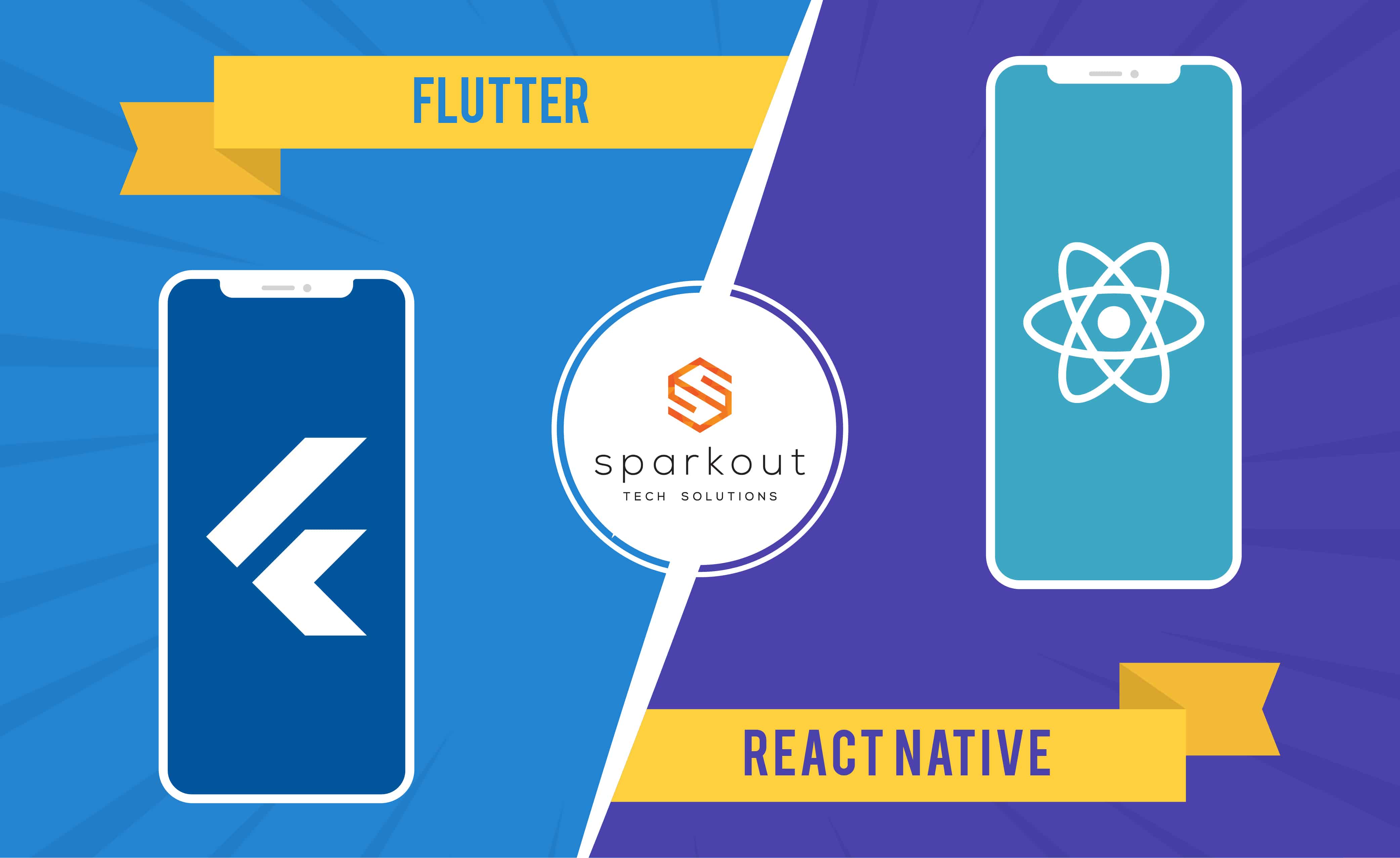
Flutter vs React Native
The buzz among the developers especially when a cross-platform application development equipment lights the sky for the first time makes it quite clear on the domain’s popularity and demand. Although there are impressive numbers of cross platforms available on the market, Flutter and React Native comes out on top with their supportive community and immense popularity. Moreover, both these platforms are introduced and maintained by the giants of the technological world.
What is Flutter?
Released in 2017, Flutter is an open source mobile application development framework introduced by Google. It uses Dart language to develop applications. For starters, Dart is much similar to JavaScript as it supports most of its object-oriented concepts. It is still nascent when looked at its age, but Google is pushing Flutter to become the best framework for cross-platform development.
 What is React Native?
What is React Native?
Released in 2015, React Native is also an open source framework for mobile app development.
It employs JavaScript to unite both the Android and iOS platform’s native APIs. React Native requires little to zero preparation as JavaScript has the support of an adept community. The framework was created by the social media giant, Facebook.

Development
To get started with Flutter, all one has to do is to download the package, unzip, and point to the folder. But the learning curve is steep as it requires a complete understanding of Dart and reactive programming.
Flutter has a large number of ready-to-deploy widgets that form the primary building blocks. It also has Hot Reload which allows the application to rerun while in development and thus speeding up the process.
Getting started with React Native is also simple, it only requires the installation of the create react native app package to create a new React Native application.
React Native is more into the native components of Android and iOS. It uses virtual DOM to communicate with native UI elements. A highlight of React Native is that its Expo integration allows you to run the code in mobile devices by scanning the QR code without any wiring.
Performance
Dart is considered to be a high performant language which in turn makes Flutter better. The framework’s applications are compiled with C/C++ libraries and so it gives better native performance.
React Native works a bit different from Flutter. The components are not compiled as a whole; UI components are compiled to their native equivalents, and the JavaScript runs a separate thread for any action needed.
In our analysis, although the number is less, there were situations when React Native performed better than Flutter, but overall, our results align with the conclusion of the experts: Flutter slightly has an edge over React Native.

